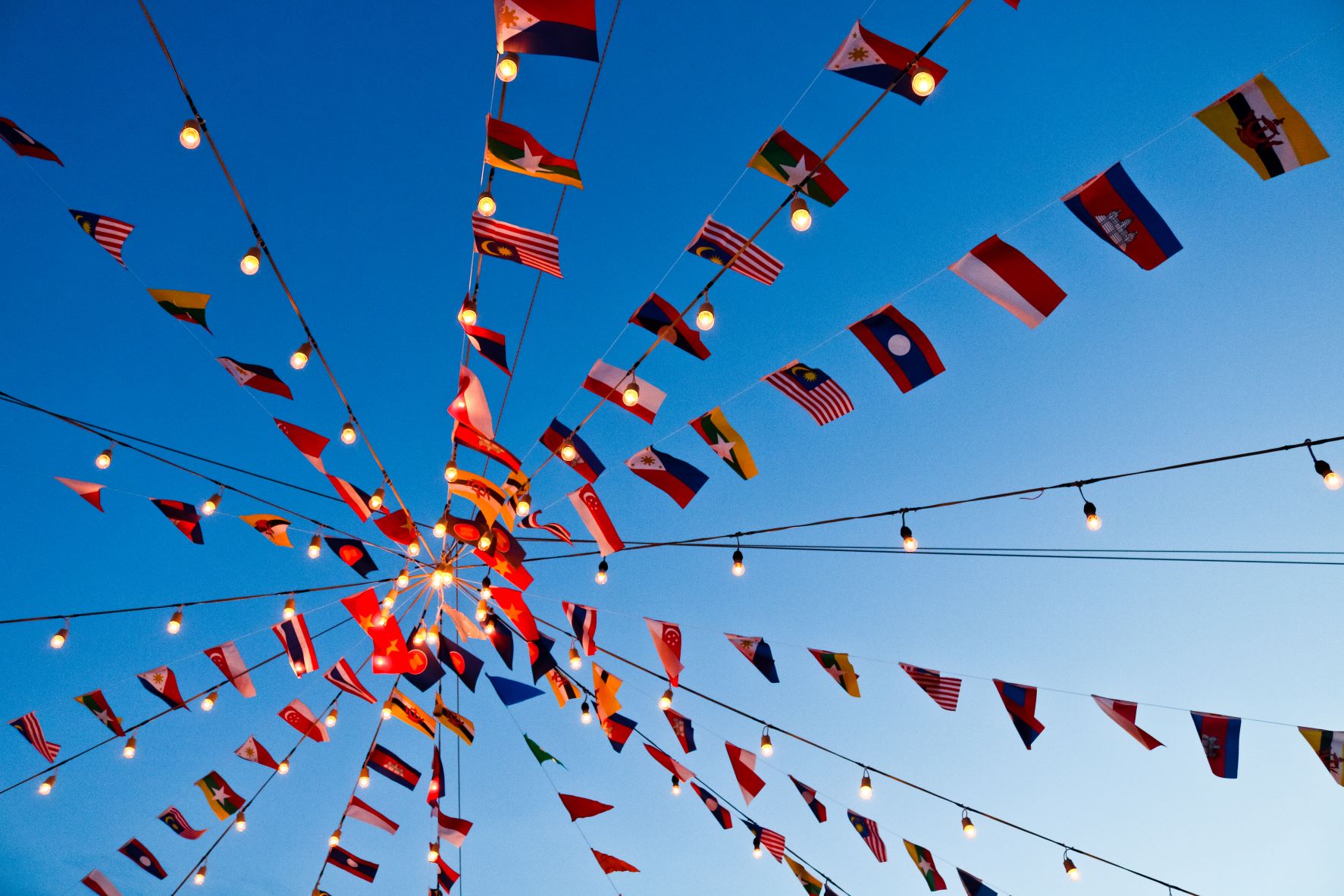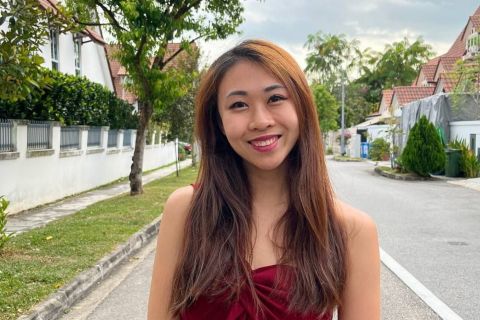
For members of The Association of Southeast Asian Nations (ASEAN), festivals are used to promote a concept known as “the ASEAN Way”: respecting each other’s sovereignty, non-interference in the internal affairs of one another, and peaceful settlements of disputes.
In his most recent paper, Dr David Ocón of Singapore Management University looks at how Southeast Asian nations have used cultural festivals over the last 50 years as a way to reduce political tensions and why they’ve struggled to do that in recent years.
Read the original article: https://doi.org/10.1163/1871191X-bja10081
Transcript:
Hello and welcome to ResearchPod. Thank you for listening and joining us today.
In this episode, we’ll delve into the research of Dr David Ocón, who has been conducting research into the role that arts and culture festivals play in the Association of Southeast Asian Nations (ASEAN). It’s well known that festivals are used as entertainment, forms of expression, and communal meeting places but Dr Ocón digs deeper. He argues that festivals are also a place for diplomacy and cooperation between ASEAN members. In his most recent paper
Dr Ocón offers a broad definition of festivals as “featuring or staging a variety of ‘time out of time’ artistic and cultural forms to the public”. They’re designed to take place outside of ordinary schedules, in one or more designated venues, and can last anywhere from an hour to a month, but tend to be held at regular intervals. Each festival is something for the local community to look forward to. In ASEAN, they revolve around ritualistic traditions, food, and the wearing of traditional clothing. Cultural festivals can focus on any kind of culture, from literature and photography to music and dance.
ASEAN-focus events weren’t initiated by communities but hosted by leaders looking to achieve their political goals.
According to Dr Ocón, one of the primary uses of cultural festivals is to reinforce a sense of identity. Beyond this, though, he argues that festivals can be used as a way to wield political authority. They can be used as a distraction from recent government failures or even to influence public opinion. For ASEAN members, festivals are used to promote a concept known as “the ASEAN Way”: respecting each other’s sovereignty, non-interference in the internal affairs of one another, and peaceful settlements of disputes.
Dr Ocón’s paper traces the last 50 years of cultural festivals in ASEAN, including how they have evolved and been used as political tools. He splits this 50-year period into three sections. The first decade or so was a time of cultural cooperation, which was a period of cultural self-discovery for ASEAN’s five founding members. The second period stretched from the early 1980s to the late 1990s,
The third and final period began in the early 2000s, which saw rapid growth in these cultural festivals, many of which were organised by local communities. During this period
The first decade of ASEAN’s existence, from the late 60s through to the late 1970s, was dedicated to engineering a shared community across the region.
Dr Ocón argues that
This first decade was a period of the rediscovery of Southeast Asia’s traditional culture. Through audiovisual platforms, local communities were reminded about the heritage of this region. This was designed to construct a united Southeast Asian identity and a sense of belonging that transcended borders. This community was somewhat “imagined” but eventually became ingrained in the consciousness of ASEAN citizens.
The next period of cultural festivals hosted by ASEAN was dedicated to creating a functioning alliance that would be taken seriously by the rest of the world.
Since the early 2000s, new challenges have arisen for nations looking to use festivals to conduct cultural diplomacy.
Destabilised economies led to an increase in the desire to construct social togetherness. Without it, social unrest was all but inevitable. The theory was that cooperation begets more cooperation and can keep communities united for long periods of time. This was cemented by the Bali Concord II Declaration, which encouraged countries to “promote a common regional identity”. ASEAN symbols like their unique handshake and traditional clothing were also heavily utilised during this time.
Ultimately, though, the financial hardship meant that funding for cultural festivals dried up. These community initiatives didn’t have the support they needed.
Between 2010 and
ASEAN has been hosting and promoting arts and culture events for more than 50 years. For much of this period, these festivals were effective in creating a shared sense of identity, centred around peace and cooperation. In the last couple of decades, however, the reach and impact of cultural festivals in the region have been limited due to economic and health crises. It’s important not to downplay the role these festivals play in reducing tensions and building trust to increase the wellbeing and prosperity of Southeast Asian citizens.
However, too many events can lead to disjointed and confusing messaging. Dr Ocón recommends that leaders in the region focus on creating “clear and recognisable cultural agendas, where festivals feature consistently, with adequate visibility and financial support”. This would go a long way to ensuring the continued peace of Asia and the world beyond.
Thanks for listening. Don’t forget to subscribe to ResearchPod for more detailed breakdowns of the latest academic research. See you next time!
Also published on https://researchpod.org/arts-humanities/asean-festivals-bring-mutual-understanding-harmony-southeast-asia
Podcast is also available on Spotify, Apple iTunes, Google Podcasts, and many more (please use search term “ResearchPod”).
See More News
Want to see more of SMU Research?
Sign up for Research@SMU e-newslettter to know more about our research and research-related events!
If you would like to remove yourself from all our mailing list, please visit https://eservices.smu.edu.sg/internet/DNC/Default.aspx

